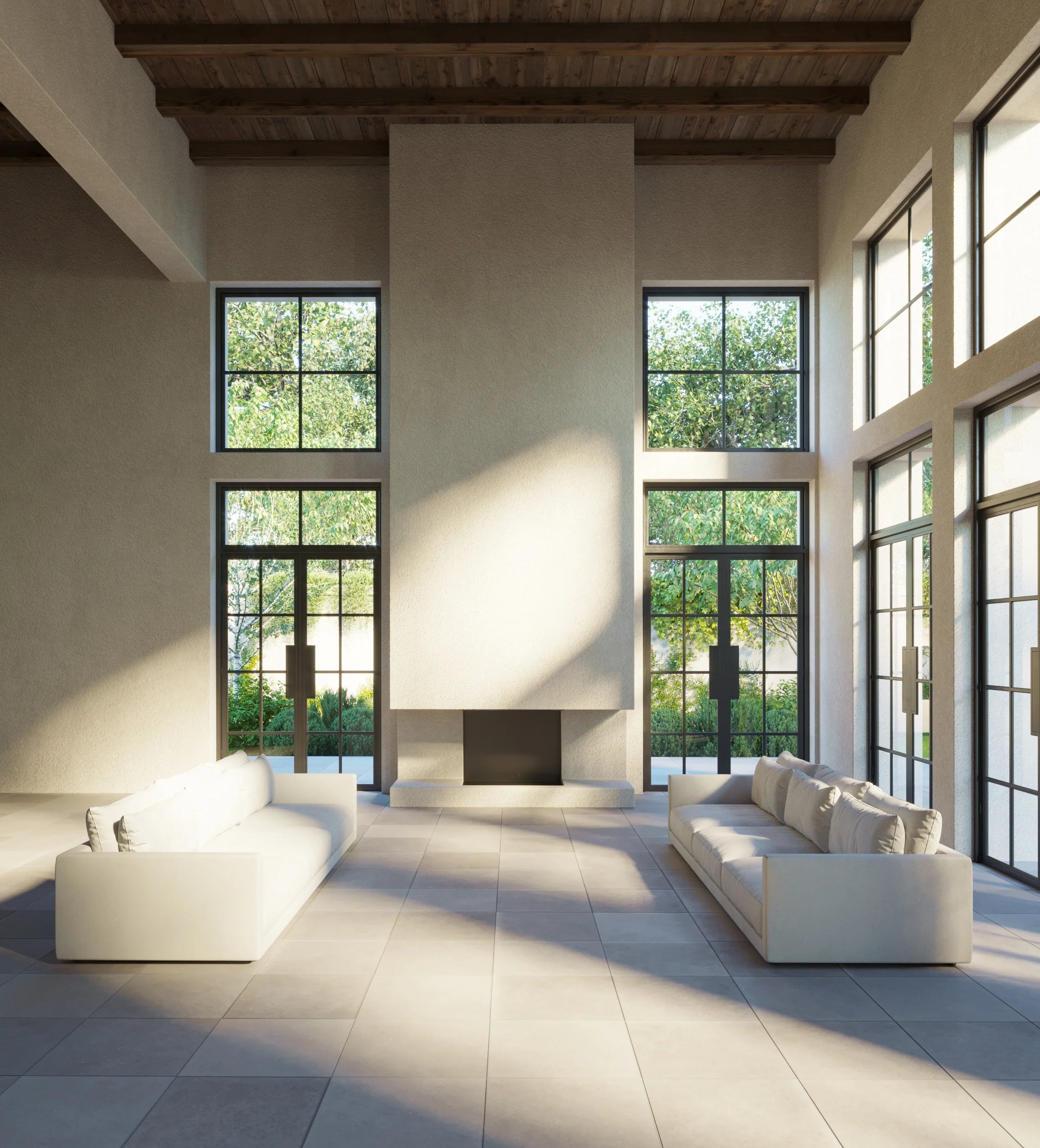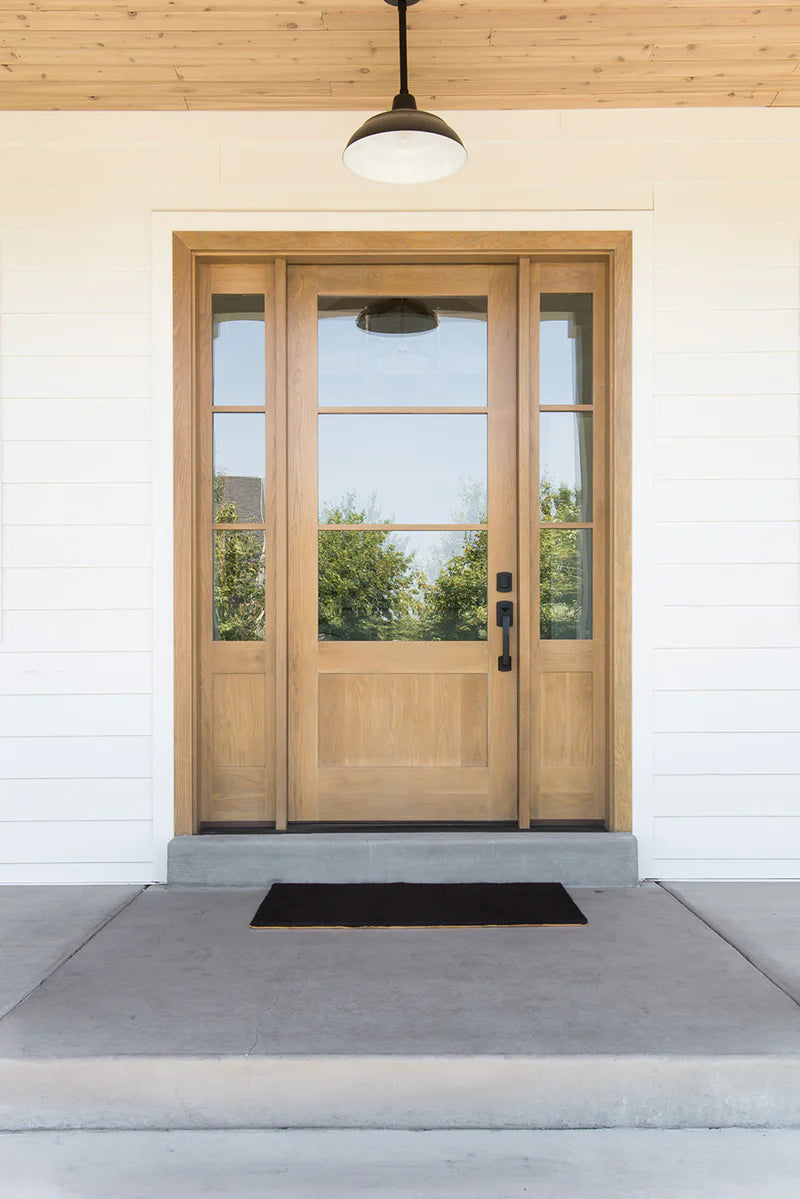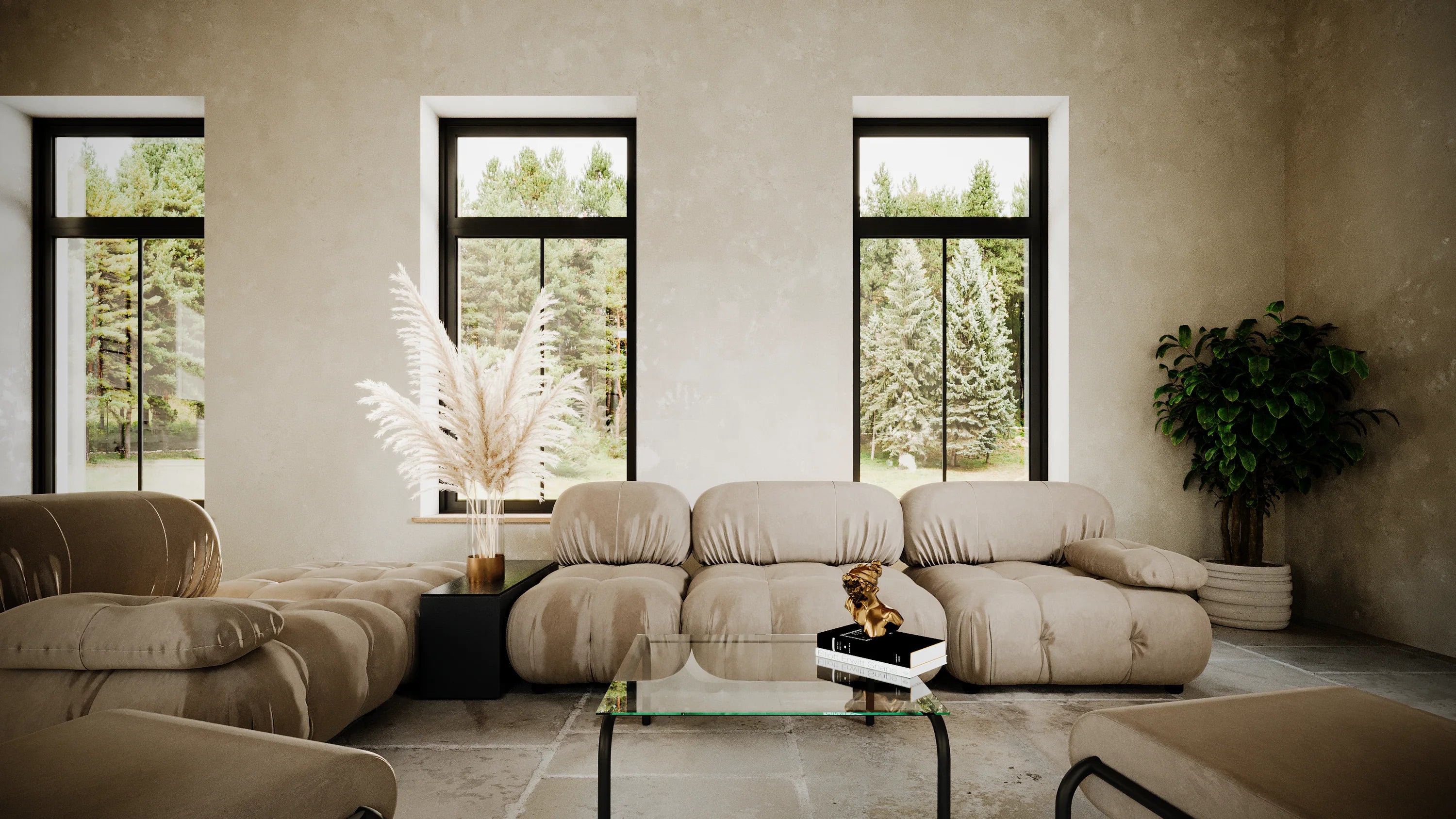
The Fascinating Journey of Wrought Iron: Tracing its Roots and Evolution
Wrought iron, a type of malleable iron, has been shaping our world for centuries. The fascinating history of wrought iron traces back to the Bronze Age and continues to impact modern architecture and interior design today. This blog post aims to explore the journey of wrought iron from its origins to its contemporary applications.
The Dawn of Wrought Iron
The Iron Age and Emergence of Wrought Iron
The period between 1200 BC and 600 BC, known as the Iron Age, laid the foundation for the creation and use of iron-containing metal. As early as the 4th millennium BC, evidence of iron usage has been found in the ancient civilizations of Egypt and Mesopotamia. However, the mass production and widespread use of wrought iron did not begin until the 16th century AD.
Interestingly, the term 'wrought iron' is derived from the past tense form of the verb 'to work'. In Old English, 'wrought' was used to denote 'worked', signifying that wrought iron essentially means 'worked iron'.
The Hittites and the Initial Usage of Wrought Iron
The Hittites, an Anatolian civilization, were among the pioneers in working with wrought iron even before the commencement of the Iron Age. Despite their expertise, the production was rather limited, unable to meet the demands of the mass market.
The early use of iron was primarily focused on the manufacture of tools and weapons, a trend that continued until the dawn of the Middle Ages.
Wrought Iron in the Middle Ages
Advent of Architectural Applications
The Middle Ages marked a significant shift in the application of wrought iron. It began to be used for architectural features, primarily to protect buildings against attacks. Doors and windows were covered with wrought iron, providing both a practical and aesthetic appeal.
The Emergence of Decorative Purposes
The decorative application of wrought iron began during the Middle Ages. The architectural grandeur of wrought iron was displayed in various forms, from intricate window grilles to ornate church railings. This period witnessed the transformation of wrought iron from a simple, utilitarian material to a medium for artistic expression.
The Renaissance and Wrought Iron
The Spanish Influence
During the 16th century, wrought ironwork gained popularity in Spain. The Spanish iron craftsmen, renowned for their skill, created large decorative ironwork screens called 'rejas'. These towering structures, often adorned with rhythmic linear patterns and intricate arabesque decorations, beautified cathedrals across Spain.
The French Mastery
Under the patronage of King Louis XIV, France took decorative ironworks to new heights. The period saw the creation of wrought iron balconies, stair railings, and gateways, adorned with rich scrollings and daring foliations. These designs were intended to evoke a sense of abundance and prestige.
Rococo Ornamental Iron Works
The Rococo style marked a significant evolution in iron works. Artists Juste-Aurele Meissonnier and Gilles-Marie Oppenordt introduced this style, which emphasized the balance between asymmetry and astonishing curves. Their wrought iron designs began to take the shape of exquisitely elaborate figures, often mimicking the shapes of plants and animals.
The Influence of Art Nouveau
During the 18th century, the Art Nouveau style heavily influenced decorative ironwork. This artistic movement focused on creating custom decorative iron works, putting creativity at the forefront. The 'whiplash' motifs, signifying dynamic elegance, became the signature touch of the Art Nouveau craftsmen.
19th and 20th Century Wrought Iron Works
The French Influence in the United States
New Orleans, a city known for preserving its historical ornamental iron works, houses exquisite decorative iron works forged by Spanish and French masters. The French Quarter, in particular, showcases the intricate craftsmanship of these artisans.
The Impact of Industrial Revolution
The Industrial Revolution brought significant changes to the creation of ornamental ironwork. English ironmaster Henry Cort's invention of the puddling furnace in the late 1700s revolutionized the manufacture of iron, enabling mass production.
The Modern Era of Wrought Iron
The Artistic Approach
The 20th century witnessed another wave of progress for ornamental iron work. French ironworker and weapon designer Edgar Brandt introduced a new perspective to ornamental ironwork, creating compositions that resembled beaten silver.
The Influence of Samuel Yellin
Samuel Yellin, a renowned iron craftsman from Philadelphia, significantly influenced the iron works design during the 1920s. Known for his mastery of traditional iron designs, Yellin also contributed to the creation of new designs, leaving a lasting impact on the industry.
Wrought Iron Today
Contemporary Applications
In contemporary times, wrought iron continues to be a popular choice for homeowners seeking to enhance their property's aesthetic appeal. It is frequently used for architectural features, including railings, gates, and fences, owing to its timeless elegance and legendary durability.
Wrought Iron in Modern Architecture and Design
Today, the art of manipulating raw steel by hand continues to thrive, with a growing demand for quality handmade wrought iron home accessories and furniture. Many products described as wrought iron today are actually made of mild steel, including railings, gates, furniture, and other ornamental works.
Conclusion
The rich history of wrought iron is a testimony to its timeless appeal and versatility. From being a basic material for crafting weapons and tools to becoming an artistic medium for architectural and design elements, wrought iron has stood the test of time. Whether you're seeking elegance, durability, or a touch of history, wrought iron offers all that and more.
For homeowners looking to add a touch of timeless elegance to their homes, or create a unique and lasting impression consider investing in a custom steel iron hand-welded wrought door from Black Badge Doors.



